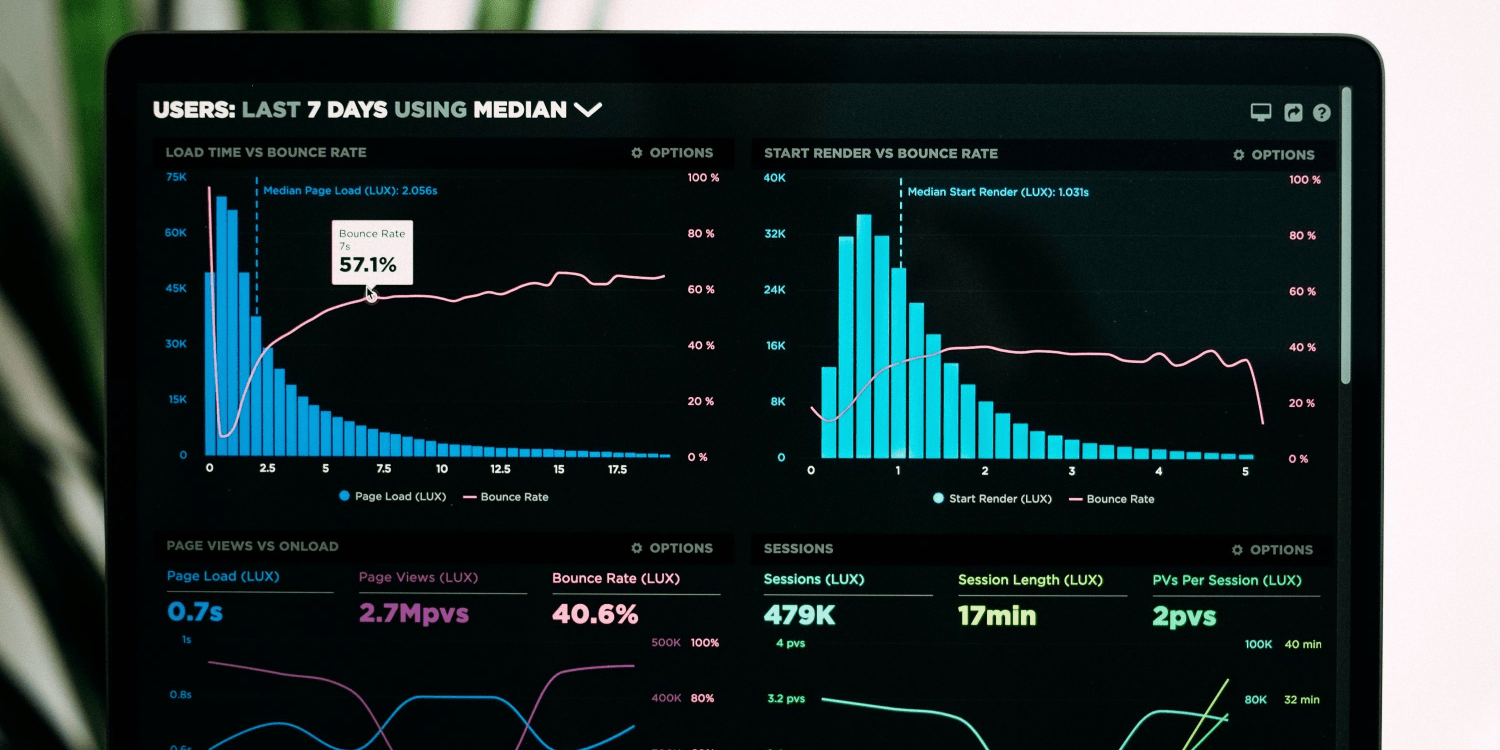Diving into the Descent: Unraveling the Enigma of 2-Year Treasury Yield’s Decline and its Impact on Global Markets

In the dynamic realm of financial markets, the 2-year Treasury yield has become a pivotal gauge, capturing the nuanced dance between investor sentiments and the prevailing inflation outlook. As we mark its recent trajectory, a notable trend emerges – a decline that holds significant implications for the broader economic landscape.
Investors, ever astute, find themselves at a crossroads, meticulously weighing the intricate balance between inflationary pressures and economic stability. This article delves into the compelling narrative behind the 2-year Treasury yield’s descent, unraveling the intricate factors influencing this pivotal metric and examining the broader implications for financial markets and the global economy.
Navigating Market Shifts: U.S. Treasury Yields Reflect Investor Sentiments Amid Inflation Insights
In a nuanced interplay of economic indicators, U.S. Treasury yields exhibited a notable decline on Friday, as investors dissected the latest inflation data and contemplated its potential repercussions on Federal Reserve monetary policy, particularly with regards to interest rates.
As the clock struck 4:07 a.m. ET, the 2-year Treasury yield saw a substantial dip, plummeting by over five basis points to 4.6647%. Simultaneously, the 10-year Treasury yield experienced a decline of more than three basis points, settling at 4.3165%. This retreat in yields, a customary response to rising bond prices, encapsulates the intricate calculus of investor reactions to evolving economic conditions.
Thursday’s release of the personal consumption expenditures price index for October became the focal point of investor scrutiny. The index, aligning with expectations, indicated a marginal increase in inflation. Specifically, the core PCE index, excluding volatile food and energy prices, registered a 3.5% annual uptick. This represented a deceleration from September’s 3.7%, offering a nuanced perspective on the inflationary landscape.
Crucially, the PCE index holds sway as the Federal Reserve’s preferred inflation metric, shaping potential shifts in monetary policy. Against this backdrop, anticipation builds as the central bank prepares for its final meeting of 2023 later this month.
Market dynamics currently reflect a robust consensus, with over a 98% probability, as per CME Group’s FedWatch tool, that interest rates will remain unchanged. Investors, however, seek more than mere stability; they aim to glean insights into the timing of potential interest rate cuts and the Fed’s economic outlook, especially concerning the prospect of recession avoidance.
The looming blackout period, commencing after Friday, adds an air of suspense. During this interval, Federal Reserve officials refrain from public discourse. As investors await critical data points, including the November jobs report and the consumer price index for November, Friday’s spotlight also falls on the release of ISM manufacturing data for November and construction spending figures for October.
In essence, the intricate dance of U.S. Treasury yields reflects a collective investor endeavor to decode the evolving economic narrative, poised at the intersection of inflationary nuances and the forthcoming Federal Reserve deliberations. The days ahead promise a confluence of data-driven revelations, shaping the trajectory of financial markets as they navigate the currents of uncertainty.
Navigating Market Shifts: U.S. Treasury Yields Reflect Investor Sentiments Amid Inflation Insights
In a nuanced interplay of economic indicators, U.S. Treasury yields exhibited a notable decline on Friday, as investors dissected the latest inflation data and contemplated its potential repercussions on Federal Reserve monetary policy, particularly with regards to interest rates.
As the clock struck 4:07 a.m. ET, the 2-year Treasury yield saw a substantial dip, plummeting by over five basis points to 4.6647%. Simultaneously, the 10-year Treasury yield experienced a decline of more than three basis points, settling at 4.3165%. This retreat in yields, a customary response to rising bond prices, encapsulates the intricate calculus of investor reactions to evolving economic conditions.
Thursday’s release of the personal consumption expenditures price index for October became the focal point of investor scrutiny. The index, aligning with expectations, indicated a marginal increase in inflation. Specifically, the core PCE index, excluding volatile food and energy prices, registered a 3.5% annual uptick. This represented a deceleration from September’s 3.7%, offering a nuanced perspective on the inflationary landscape.
Crucially, the PCE index holds sway as the Federal Reserve’s preferred inflation metric, shaping potential shifts in monetary policy. Against this backdrop, anticipation builds as the central bank prepares for its final meeting of 2023 later this month.
Market dynamics currently reflect a robust consensus, with over a 98% probability, as per CME Group’s FedWatch tool, that interest rates will remain unchanged. Investors, however, seek more than mere stability; they aim to glean insights into the timing of potential interest rate cuts and the Fed’s economic outlook, especially concerning the prospect of recession avoidance.
The looming blackout period, commencing after Friday, adds an air of suspense. During this interval, Federal Reserve officials refrain from public discourse. As investors await critical data points, including the November jobs report and the consumer price index for November, Friday’s spotlight also falls on the release of ISM manufacturing data for November and construction spending figures for October.
In essence, the intricate dance of U.S. Treasury yields reflects a collective investor endeavor to decode the evolving economic narrative, poised at the intersection of inflationary nuances and the forthcoming Federal Reserve deliberations. The days ahead promise a confluence of data-driven revelations, shaping the trajectory of financial markets as they navigate the currents of uncertaint.


























Comments (0 comment(s))